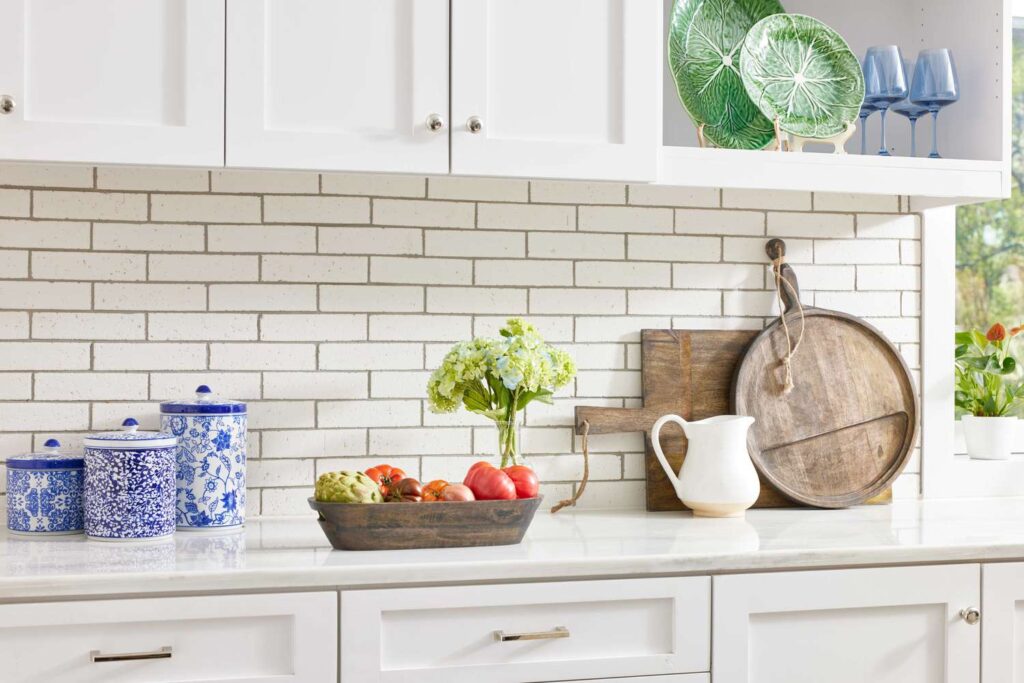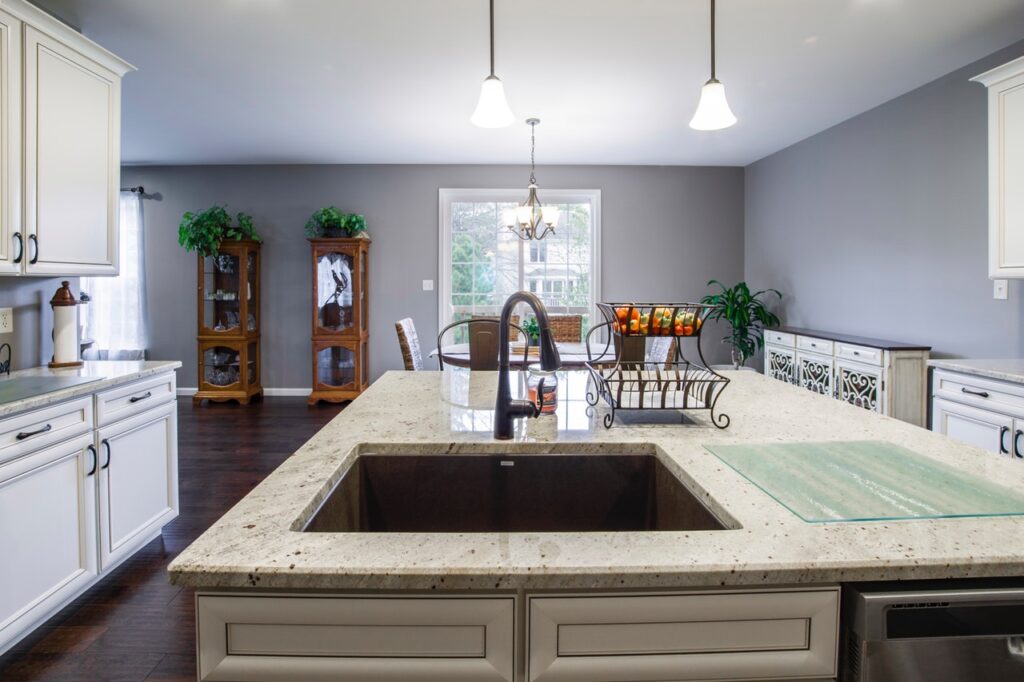The kitchen sink is a critical component of any kitchen, serving as both a functional workspace and a design element. When choosing the right sink, it’s essential to consider how it will complement your countertop material. The sink and countertop should work together seamlessly, both in terms of aesthetics and functionality. Here’s a guide to help you choose the perfect sink for your kitchen countertop material.

Understanding kitchen Countertop Materials
Before selecting a sink, it’s crucial to understand the properties of your countertop material. Common countertop materials include granite, quartz, marble, butcher block, laminate, and solid surface. Each material has unique characteristics, such as hardness, porosity, and heat resistance, which can influence your sink choice.
Granite and Quartz: These materials are durable and non-porous, making them resistant to stains and scratches. They can support both undermount and drop-in sinks, though undermount sinks are often preferred for a seamless look.
Marble: While elegant and timeless, marble is more porous and prone to staining and scratching. It pairs well with both undermount and farmhouse sinks, but extra care is needed to prevent damage.
Butcher Block: This warm, natural material is softer and more prone to water damage. A top-mounted or farmhouse sink with proper sealing around the edges is ideal to prevent moisture penetration.
Laminate: Affordable and versatile, laminate countertops are less heat-resistant and can be damaged by water seepage. A drop-in sink is often the best choice, as it provides a good seal and protects the countertop edges.
Solid Surface: Made from acrylic or polyester, solid surface countertops are durable and seamless. They pair well with integrated sinks or undermount sinks, offering a sleek, cohesive look.
Types of Sinks in Kitchen
Once you understand your countertop material, you can choose from various sink types that best suit its properties and your kitchen design.
Undermount Sinks: These sinks are mounted below the countertop, creating a seamless look that’s easy to clean. They are ideal for granite, quartz, and solid surface countertops. The clean edge they provide makes wiping down countertops effortless. However, they require professional installation and sturdy countertop material to support their weight.
Drop-in (Top-Mount) Sinks: These sinks are installed by dropping them into a hole cut into the countertop, with the sink rim resting on the countertop surface. They are versatile and can be used with any countertop material. Drop-in sinks are easier to install but can create a ridge where debris can accumulate.
Farmhouse (Apron-Front) Sinks: Known for their deep basins and exposed fronts, farmhouse sinks add a rustic charm to the kitchen. They work well with most countertop materials, particularly butcher block and solid surfaces. Ensure the countertop and cabinetry are designed to support their weight and size.
Integrated Sinks: These sinks are made from the same material as the countertop, creating a seamless, unified look. Ideal for solid surface and some quartz countertops, integrated sinks offer a sleek appearance and easy cleaning but can be more expensive and difficult to replace.
Aesthetic and Functional Considerations
When choosing a sink, consider both the aesthetic and functional aspects to ensure it complements your kitchen’s overall design and meets your practical needs.
Aesthetic Match: The sink should harmonize with the countertop in terms of color, texture, and style. For example, a sleek, modern kitchen with quartz countertops might look best with a minimalist stainless steel undermount sink, while a traditional kitchen with butcher block countertops could benefit from a farmhouse sink.
Size and Configuration: Choose a sink size and configuration that suits your cooking and cleaning habits. A larger, single-basin sink might be ideal for washing large pots and pans, while a double-basin sink can offer versatility for multitasking.
Maintenance: Consider the maintenance requirements of both the sink and countertop materials. Some sinks, like stainless steel, are easier to clean and maintain, while others, like porcelain, may require more care to prevent staining and chipping.

Installation and Support for Kitchen Countertops
Proper installation is crucial for the longevity and functionality of both the sink and countertop. Ensure that the countertop material can support the weight and type of sink you choose. Professional installation is often recommended, especially for heavy or undermount sinks, to ensure a secure fit and prevent damage.
Conclusion
Choosing the right sink for your kitchen countertop material involves balancing aesthetics, functionality, and practicality. By understanding the properties of your countertop material and selecting a sink type that complements it, you can create a cohesive and efficient kitchen space. Whether you prefer the seamless look of an undermount sink, the rustic charm of a farmhouse sink, or the versatility of a drop-in sink, the right choice will enhance both the beauty and utility of your kitchen.

